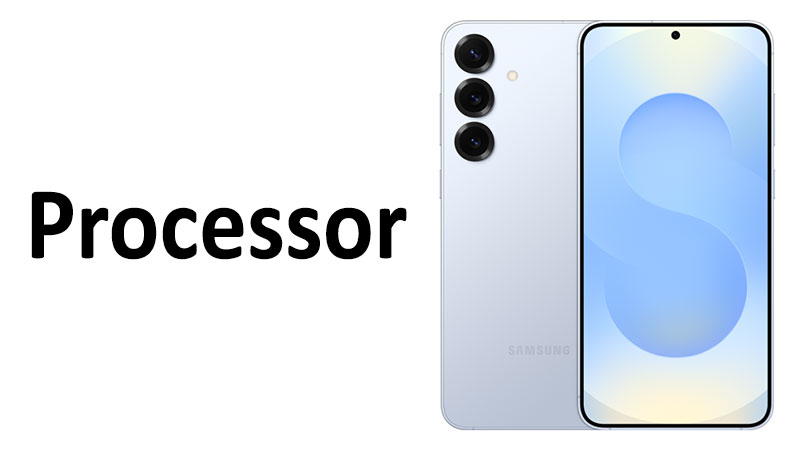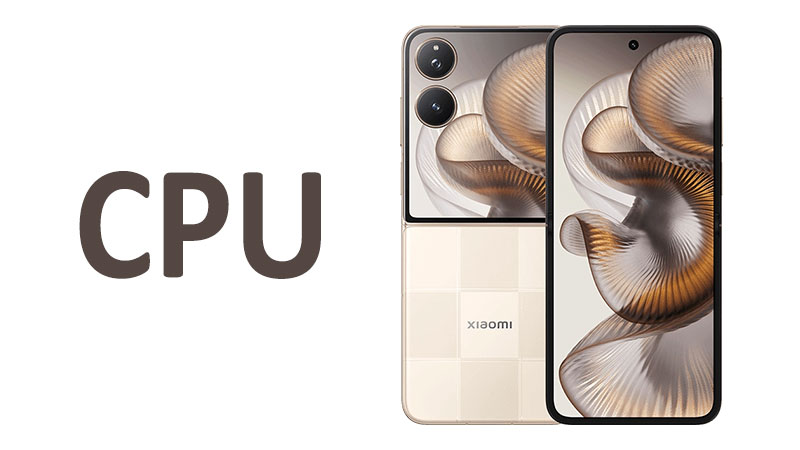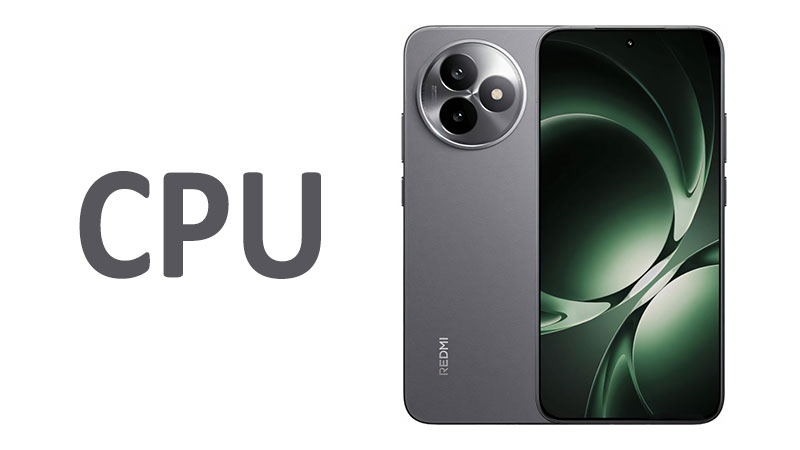The Samsung Galaxy S25 FE processor is the heart of this highly anticipated device. A powerful chipset defines the overall smartphone experience. It affects everything from daily speed to intense mobile gaming sessions. For the Galaxy S25 FE, Samsung has opted for the impressive Exynos 2400. This choice promises a significant leap in both raw power and efficiency. We will conduct a thorough review of the Exynos 2400. This includes its CPU, its 4nm manufacturing process, and the cutting-edge Xclipse 940 GPU. Understanding these components is crucial for any potential buyer. This detailed analysis will help you gauge the true capabilities of the S25 FE.
The Core Powerhouse: Exynos 2400 Architecture
The Exynos 2400 acts as the central brain of the Samsung Galaxy S25 FE. This processor is manufactured using an advanced 4nm fabrication process. This small size is vital for modern mobile chipsets. A smaller process allows for higher transistor density. This means more performance can be packed into a tiny space. It also inherently improves power efficiency. Less energy is wasted as heat during operation.
The 4nm process ensures the Exynos 2400 can handle demanding tasks. It delivers a flagship-level experience. This includes complex multitasking and resource-heavy applications. The chipset design focuses on balanced performance. It is built to maintain high speeds without excessive heat buildup. This is a critical factor for sustained gaming and long-term use. This technological foundation is what gives the Samsung Galaxy S25 FE its muscle.
A Deep Dive into the Deca-Core CPU Configuration
The central processing unit, or CPU, handles all computational tasks. The Exynos 2400 features a unique 10-core (deca-core) setup. This is a significant departure from typical 8-core designs. The 10 cores are arranged in three distinct clusters. Each cluster serves a specific performance and efficiency role. This configuration allows the processor to manage tasks very intelligently.
The prime core is the single, ultra-high-performance 3.2GHz Cortex-X4. This is the muscle core. It tackles the most intense, single-threaded operations. When you open a demanding app or launch a game, this core provides immediate speed. Its clock speed of 3.2GHz ensures snappy responsiveness. The Cortex-X4 architecture is designed for peak performance.
The second cluster consists of two 2.9GHz Cortex-A720 cores. These are supplemented by three additional 2.6GHz Cortex-A720 cores. This cluster of five cores handles sustained, mid-to-high-level tasks. These tasks include heavy browsing, complex app multitasking, and continuous background processing. The Cortex-A720 balances high performance with better power management than the prime core.
Finally, the third cluster includes four 1.95GHz Cortex-A520 cores. These are the efficiency cores. Their main job is handling lightweight, background tasks. They manage notifications, maintain connectivity, and run simple everyday operations. These cores consume minimal power. They are essential for extending battery life. This 10-core approach guarantees smooth operation. It allows the Samsung Galaxy S25 FE processor to scale its power perfectly to the workload.
Specialized Comparison: Exynos 2400 vs. Predecessors
Comparing the Exynos 2400 to its predecessors reveals major generational strides. The Samsung Galaxy S23 FE primarily used the older Exynos 2200 chipset. The 2400 offers significant improvements in several key areas. The Exynos 2200 was built on a less efficient process. It also featured a less optimized core configuration.
The Exynos 2400 CPU boasts over a 70% increase in raw processing power compared to the 2200. The transition from an 8-core to a 10-core CPU is a factor. More importantly, the use of the newer Cortex-X4 prime core is key. This core delivers massive boosts in single-core speeds. This directly translates to faster app loading times.
The 4nm process is also superior to the older fabrication node. This means the S25 FE should run cooler than its predecessor. It should also offer better battery life under similar workloads. While the Exynos 2200 was capable, the 2400 fully closes the performance gap. It brings the S25 FE closer to true flagship territory.
When comparing to industry competitors, the Exynos 2400 holds its ground well. It often competes directly with the best chipsets from rival manufacturers. For instance, the Snapdragon 8 Gen 3 is a major competitor. The Exynos 2400 generally matches its CPU performance in most benchmarks. It sometimes even surpasses it in intense multi-core tests. Samsung’s choice of the Exynos 2400 ensures the S25 FE is competitive. It is ready for the next generation of mobile computing.
Gaming Performance and Graphics: The Xclipse 940 GPU
The graphics processing unit, or GPU, is crucial for mobile gaming and visual tasks. The Samsung Galaxy S25 FE processor incorporates the powerful Xclipse 940 GPU. This is a custom-designed graphics chip. It is the result of Samsung’s ongoing collaboration with AMD. The Xclipse 940 leverages the AMD RDNA 3 architecture. This integration brings desktop-level graphics features to a mobile platform.
The RDNA 3 architecture is a cornerstone of its performance. It is responsible for massive improvements in graphics rendering. It offers both efficiency and powerful features. This GPU dramatically boosts frame rates in demanding games. It can also handle complex visual effects with ease. The Xclipse 940 promises a truly transformative mobile gaming experience.
One of the most exciting features is hardware-accelerated ray tracing. Ray tracing is a sophisticated rendering technique. It accurately simulates how light interacts with objects in a scene. This creates highly realistic shadows, reflections, and global illumination. Before RDNA 3, ray tracing on mobile was often too taxing. The Xclipse 940, however, is built to handle it efficiently. This allows the S25 FE to run graphically intensive games. These games look more lifelike than ever before. This feature sets a new benchmark for mobile graphics fidelity.
The Xclipse 940 also supports AMD FidelityFX Super Resolution, or FSR. FSR is an upscaling technology. It allows games to be rendered at a lower resolution. The technology then intelligently upscales them to the display’s native resolution. This process maintains high visual quality while boosting performance. FSR delivers higher frame rates without sacrificing image clarity. This feature is invaluable for competitive gamers. It ensures buttery-smooth gameplay even in graphically dense environments. The integration of FSR is a major advantage for the S25 FE. It future-proofs the device for upcoming mobile game titles.
Xclipse 940 vs. Adreno and Mali GPUs
The mobile GPU market is highly competitive. The Xclipse 940 enters the arena against established players. These include Qualcomm’s Adreno and Arm’s Mali series. Each architecture has its own strengths and weaknesses.
Adreno GPUs, often found in Snapdragon chipsets, are known for their raw power. They offer excellent compatibility and long-standing driver support. Mali GPUs are widely used across many mid-range and budget devices. They focus on power efficiency and broad adoption.
The Xclipse 940 offers a distinct advantage with its RDNA 3 lineage. The biggest difference is the advanced ray tracing hardware. While competitors also support ray tracing, the Xclipse 940’s implementation is often more optimized. This results in better performance with the feature enabled. Furthermore, the FSR support is a unique selling point. It gives the S25 FE a performance edge in upscaling capabilities.
In terms of pure rasterization performance, the Xclipse 940 is on par with, or slightly exceeds, its closest rivals. It offers a 50% increase in graphics performance compared to the previous Exynos generation. The Xclipse 940 provides a more complete, feature-rich graphics package. This makes the Samsung Galaxy S25 FE a compelling choice for avid mobile gamers.
Real-World Experience: AI, Efficiency, and Thermals
A processor’s value is not just in its benchmark scores. It must also deliver a superior real-world user experience. The Exynos 2400 excels in three critical areas: Artificial Intelligence, power efficiency, and thermal management. These factors dictate daily usability.
The Exynos 2400 is built with a powerful Neural Processing Unit, or NPU. This unit is dedicated to handling on-device Artificial Intelligence tasks. This NPU is crucial for the “Galaxy AI” features. It accelerates machine learning operations. This includes live translation, advanced image editing, and smart search functions.
The NPU significantly speeds up these processes. It also allows them to run without a cloud connection. This maintains user privacy and saves on mobile data. The NPU performance is several times faster than previous generations. This ensures that the S25 FE can handle complex AI tasks instantly. This makes the S25 FE an intelligent device that learns and adapts to the user.
The 4nm fabrication process directly influences power efficiency. The smaller transistors require less voltage to switch states. This leads to overall lower power consumption. The deca-core CPU configuration also plays a vital role here. The Exynos 2400 can efficiently delegate simple tasks to its four Cortex-A520 efficiency cores. This keeps the larger, power-hungry cores asleep for longer periods. This intelligent core management ensures excellent battery life. You can use your Samsung Galaxy S25 FE for a full day of mixed usage without constant recharging.
Thermal management is another critical aspect. High performance inevitably generates heat. If a processor gets too hot, it must “throttle.” Throttling means reducing the clock speed to cool down. This results in stuttering and a noticeable drop in frame rates during games. The Exynos 2400, thanks to its 4nm efficiency, generates less heat initially. This is a great starting point for sustained performance.
Furthermore, Samsung has likely paired the Exynos 2400 with an advanced cooling system. This system includes a large vapor chamber. This ensures heat dissipates quickly and evenly. This combination of an efficient chip and effective cooling minimizes thermal throttling. The Samsung Galaxy S25 FE processor delivers consistent performance over extended periods. This is vital for maintaining a smooth gaming session or a long video export.
Pros, Cons, and Buyer Considerations
The Exynos 2400 is an impressive mobile processor. However, like any technology, it comes with its own set of advantages and disadvantages. Understanding these points is crucial for making an informed purchasing decision.
Pros and Cons
The benefits of the Exynos 2400 are numerous and impactful. Its biggest strength is the inclusion of advanced graphics features. Hardware-accelerated ray tracing and FSR are major gaming advantages. They deliver an unparalleled visual experience on the S25 FE. The 10-core CPU configuration is another massive plus. It provides exceptional multitasking capabilities. App switching and background processing are fluid and responsive. The dedicated NPU brings flagship AI features to the S25 FE. This significantly enhances productivity and creative tasks. Finally, the improved 4nm process leads to impressive power efficiency. This ensures great battery life.
The potential drawbacks are few but worth noting. Historically, Exynos chips have faced challenges in long-term thermal stability compared to some competitors. While the 2400 is far more efficient, intense, sustained workloads might still push its thermal limits. Furthermore, some mobile games are not always perfectly optimized for Exynos chipsets upon launch. This can sometimes lead to minor compatibility or performance issues. However, these issues are usually resolved quickly through software updates.
Essential Buyer Knowledge
Buyers interested in the Samsung Galaxy S25 FE should focus on specific aspects of the processor. First, if you are a heavy mobile gamer, the Xclipse 940 GPU is the main selling point. The ray tracing capabilities are a game-changer for visual quality. FSR will be essential for competitive frame rates. This processor is built for next-generation mobile titles.
Second, the S25 FE offers flagship-level performance at a more accessible price point. The Exynos 2400 is a premium chip. It should not be mistaken for a mid-range offering. You are getting performance comparable to the most expensive smartphones on the market. This makes the S25 FE excellent value for money.
Third, consider the significance of the 10-core CPU. This configuration is not just for benchmarks. It provides exceptional longevity. As apps and operating systems become more complex, having more dedicated cores ensures the phone remains fast. The S25 FE is a device that will handle future software demands comfortably for years. This is a smart, long-term investment.
Conclusion
The Samsung Galaxy S25 FE processor, featuring the Exynos 2400, is a triumph in mobile silicon engineering. This 4nm deca-core chipset delivers genuine flagship performance. It provides power that rivals the most premium devices available. The unique 10-core CPU configuration ensures exceptional speed and superior multitasking. It allows the S25 FE to handle any workload thrown at it with ease.
The true highlight is the integration of the Xclipse 940 GPU. Leveraging AMD’s RDNA 3 architecture, it introduces hardware ray tracing and FSR support. These features elevate mobile gaming to an entirely new level of visual fidelity and speed. The processor’s efficient design and powerful NPU enhance the daily experience. They deliver better battery life and seamless on-device AI functionality.
While minor concerns about long-term thermal management exist, the overall package is incredibly compelling. The Exynos 2400 makes the S25 FE a performance champion. It offers outstanding value to both demanding users and avid mobile gamers. If you seek a powerful, future-proof smartphone experience without the premium price tag, the Samsung Galaxy S25 FE is a definitive choice. The processor guarantees a smooth, high-speed experience for many years to come.
FAQ
Does the Samsung Galaxy S25 FE processor support ray tracing?
Yes, the Samsung Galaxy S25 FE processor features the Xclipse 940 GPU. This powerful GPU utilizes AMD RDNA 3 architecture and supports hardware-accelerated ray tracing for realistic gaming graphics.
What is the core configuration of the Exynos 2400 CPU?
The Exynos 2400 has a unique 10-core, or deca-core, CPU configuration. This is structured as one Cortex-X4 prime core, five Cortex-A720 performance cores, and four Cortex-A520 efficiency cores.
Is the Exynos 2400 more efficient than the previous Exynos chipsets?
Yes, the Exynos 2400 is built on a more advanced and efficient 4nm fabrication process. This smaller process size significantly reduces power consumption and heat generation compared to its predecessors.
Will the Galaxy S25 FE processor handle high-end mobile games smoothly?
Absolutely. The combination of the powerful 10-core CPU and the RDNA 3-based Xclipse 940 GPU is specifically designed for high-end mobile gaming. It delivers high frame rates and superior visual effects.
Does the Exynos 2400 offer dedicated AI capabilities?
Yes, the Exynos 2400 includes a highly powerful and dedicated Neural Processing Unit, or NPU. This unit is responsible for accelerating all on-device AI tasks, including live translation and advanced photo editing features.



